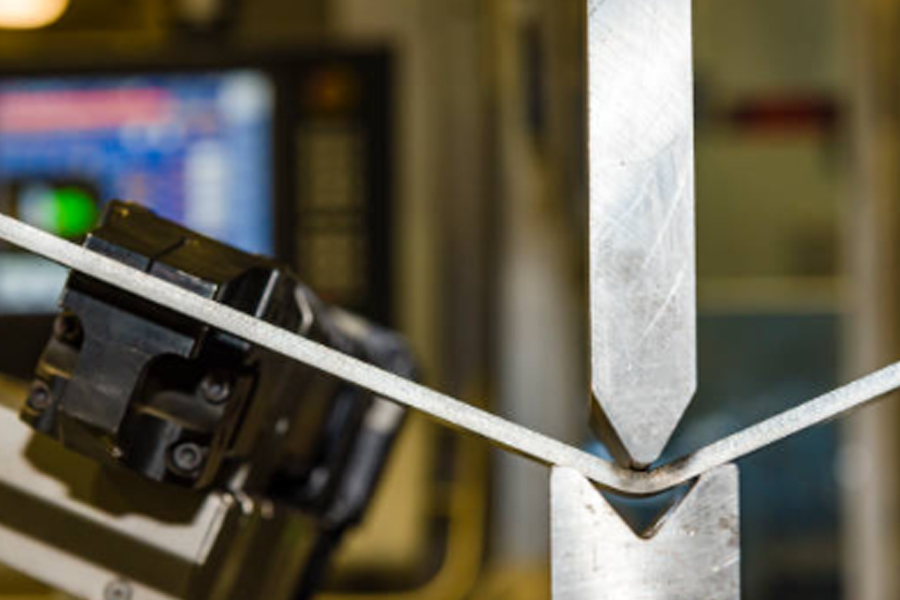
Medical sheet metal processing: precision manufacturing protects the bottom line of life and health
Release time:2025-04-06 Click:48In the field of medical equipment manufacturing, sheet metal processing is not a simple material forming, but needs to meet strict cleanliness standards, mechanical properties and biocompatibility requirements. As the "skeleton" and "outerwear" of medical equipment, the processing accuracy and safety of medical sheet metal parts directly affect the reliability of the equipment and user experience. Starting from the special needs of the medical industry, this article analyzes how sheet metal processing can become the core support for high-end medical equipment manufacturing through material innovation, process optimization and quality control.

Core technical criteria for medical sheet metal processing: cleanliness, precision, and safety
The requirements of medical scenarios for sheet metal parts far exceed ordinary industrial standards, and its technical core revolves around three dimensions:
1. Strictness of material selection
Medical grade materials: 316L stainless steel (strong corrosion resistance, in line with food and medicine contact standards), 6061-T6 aluminum alloy (lightweight and easy to disinfect) or electrolytic galvanized steel plate (flat and easy to clean surface) are preferred to avoid the risk of material precipitation contamination from the source;
Impurity control: The sheet needs to be ultrasonically cleaned and dust particle detected to ensure that the residual particles on the surface are ≤5μm, meeting the sterility requirements of environments such as operating rooms and clean wards.
2. The ultimate pursuit of processing accuracy
Micron-level molding: The verticality error of the laser cutting cut is ≤1°, and the bending angle deviation is controlled within ±0.5°, ensuring that the embedded installation of precision instruments is gapless;
Markless process: The flexible mold technology of the CNC bending machine is used to avoid surface indentations caused by traditional rigid molds, which is especially suitable for the processing of appearance parts of medical equipment.
3. The particularity of surface treatment
Sterilization treatment: Metal burrs are removed by electrolytic polishing (surface roughness Ra≤0.4μm), and a dense oxide film is formed by passivation process to inhibit bacterial adhesion;
Biocompatible coating: For parts that contact the human body (such as surgical instrument trays), polytetrafluoroethylene (PTFE) spraying or medical-grade epoxy powder coating is used, which passes the cytotoxicity test (ISO 10993).

Diverse application scenarios: full coverage from diagnostic equipment to rehabilitation equipment
1. Medical imaging equipment: anti-interference and high stability
CT/MRI rack components: processed with non-magnetic stainless steel (such as 304L), optimized structural strength through finite element analysis, and electromagnetic shielding design to avoid interference of metal parts with magnetic fields;
Detector housing: high-precision bending aluminum alloy frame, flatness error ≤0.1mm, to ensure accurate alignment of the detector array and improve image resolution.
2. Surgery and disinfection equipment: clean sealing and corrosion resistance
Laminar flow purification equipment: the sheet metal frame of the air supply ceiling of the operating room needs to be laser welded to form a seamless structure, combined with medical-grade sealing strips to achieve Class 100 cleanliness level (≥0.5μm particles per cubic meter ≤100);
Sterilizer cavity: 316L stainless steel sheet is CNC bent, and TIG welding process is used to achieve single-sided welding and double-sided forming, and the internal surface is electrolytically polished to ensure no residual contamination during high-temperature and high-pressure sterilization.
3. Rehabilitation and nursing equipment: lightweight and humanized
Smart wheelchair frame: using aviation-grade aluminum alloy sheet metal, reducing weight through hot forming technology (40% weight reduction compared to traditional steel), while ensuring that the yield strength of the load-bearing parts is ≥200MPa;
Nursing bed parts: the connection parts between the headboard and the bed frame adopt modular design, and CNC punching technology realizes multi-specification installation holes to meet the needs of rapid assembly and personalized adjustment.
Medical-grade quality control system: full-process traceability and compliance guarantee
1. Strict screening before processing
Sheet qualification review: each batch of materials must provide material certification, RoHS test report and medical-grade certification (such as FDA 21 CFR Part 820);
Rough pretreatment: remove surface pollutants through three processes of degreasing, pickling and pure water washing to avoid secondary contamination during processing.
2. Process control during processing
Environmental control: Precision processing is carried out in a 10,000-level clean workshop (ISO 8), and operators are required to wear sterile clothing and regularly monitor the concentration of dust particles in the workshop;
First piece three-inspection system: The first piece of each batch is subject to triple inspections of dimensional accuracy (three-coordinate measurement), surface quality (visual inspection), and functional adaptation (simulated assembly). Mass production can only be carried out after confirmation of qualification.
3. Compliance verification after processing
Biocompatibility testing: A third-party agency is commissioned to conduct cytotoxicity, sensitization, and irritation tests to ensure that the coating material meets medical standards;
Corrosion resistance test: Salt spray test time ≥ 1000 hours (far exceeding the ordinary industrial standard of 480 hours) to verify the service life in coastal or high humidity environments.
Professionalism in details
In medical equipment manufacturing, the value of sheet metal processing is far more than "processing parts", but through the ultimate pursuit of cleanliness, precision, and safety, it builds an invisible line of defense for life and health. From the stable support of imaging equipment to the sterility guarantee of surgical instruments, every sheet metal component is a key carrier for the implementation of medical technology.